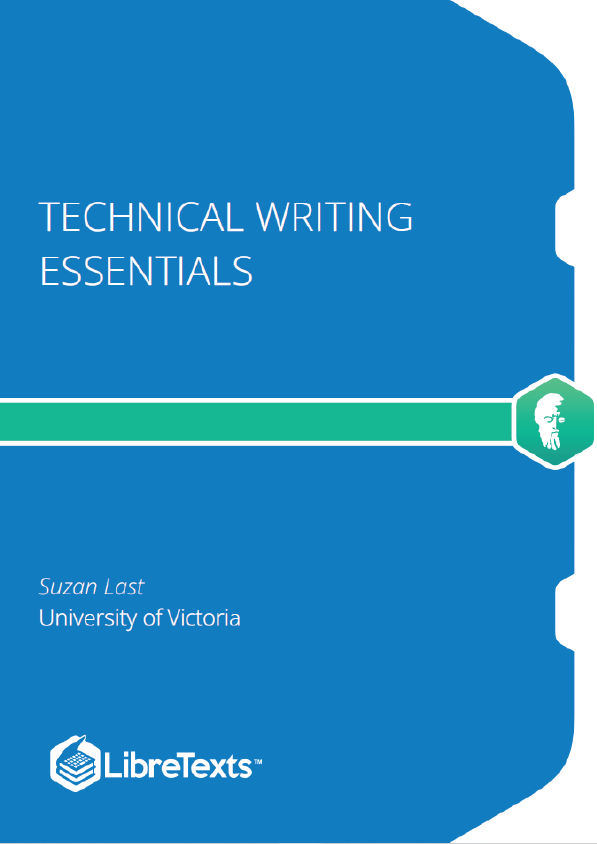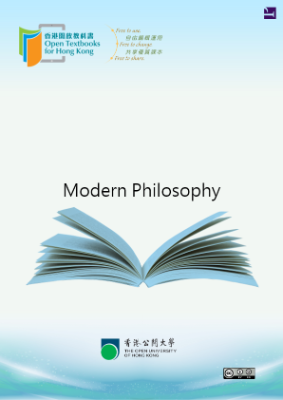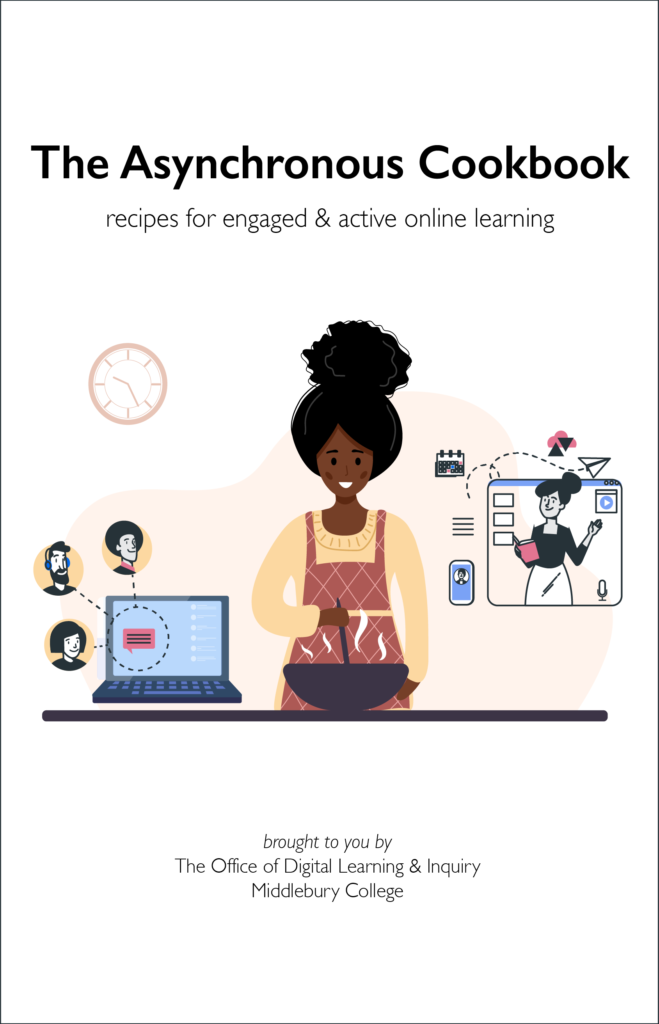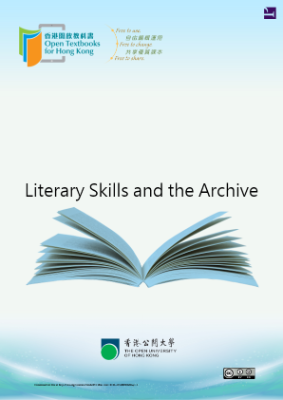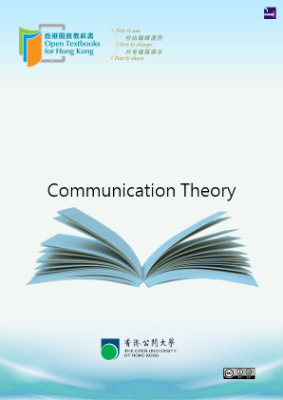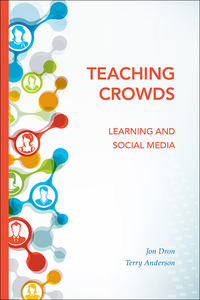You cannot begin to work on solutions until you have a clear definition of the problem and goals you want to achieve. This critical first stage of the design process requires that you effectively communicate with the “client” or whoever has the “problem” that needs solving. Poor communication at this stage can derail a project from the start. The rest of the process might seem linear and straightforward, but it is normal to “iterate” or return to previous steps several times throughout the process. Keep in mind that not all projects will go through all steps in this process; and some projects might require additional steps not included in this process. For our purposes, we will use Barry Hyman’s Problem Formulation model to clearly define a problem. Hyman’s Problem Formulation model consists of 4 elements:
1. Need Statement: recognizes and describes the need for a solution or improvement to an “unsatisfactory situation.” It answers the questions, “what is wrong with the way things are currently? What is unsatisfactory about it? What negative effects does this situation cause?” You may need to do research and supply data to quantify the negative effects.
2. Goal Statement: describes what the improved situation would look like once a solution has been implemented. The goal statement defines the scope of your search for a solution. At this point, do not describe your solution, only the goal that any proposed solution should achieve. The broader you make your goal, the more numerous and varied your solutions can be; a narrowly focused goal limits the number and variety of possible solutions.
3. Objectives: define measurable, specific outcomes that any feasible solution should optimize (aspects you can use to “grade” the effectiveness of the solution). Objectives provide you with ways to quantifiably measure how well any solution will solve the problem; ideally, they will allow you to compare multiple solutions and figure out which one is most effective (which one gets the highest score on meeting the objectives?).
4. Constraints: define the limits that any feasible solution must adhere to in order to be acceptable (pass/fail conditions, range limits, etc.). The key word here is must — constraints are the “go/no go” conditions that determine whether a solution is acceptable or not. These often include budget and time limits, as well as legal, safety and other regulatory requirements.
Every genre of writing has unique characteristics and rules, called conventions, that help readers classify a document as belonging to a particular genre. This also applies to film and music. Think about the last movie you saw. What type of movie was it? What about that movie gave you that impression? Did the characters wear Stetson hats, ride horses, and carry guns? Did they fly in space ships, encounter alien beings, and use futuristic technology? Those elements are typical conventions of Western and Science Fiction genres.
Non-fiction is a category that can be broken into various genres and sub-genres. The main types of non-fction that are relevant to us are journalism (newspaper writing), academic writing (written by scholars and published in peer reviewed academic journals or books), and technical writing. Before we get into the specific conventions that characterize technical writing, take a moment to think back to your academic writing course and list some conventions typical of journalism (popular press) and academic writing.
